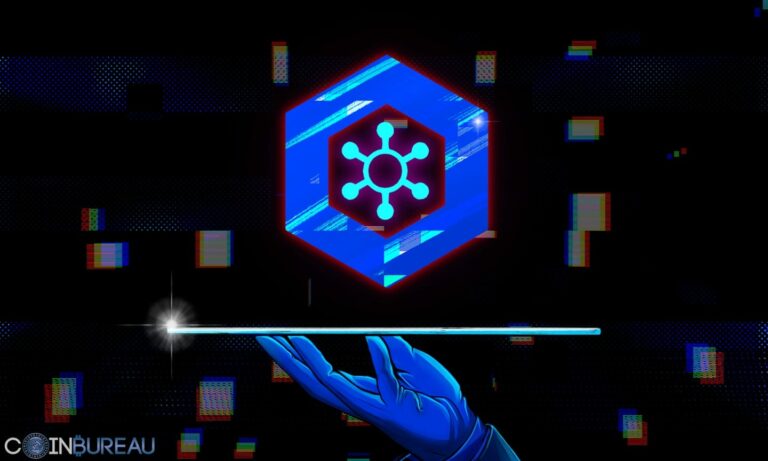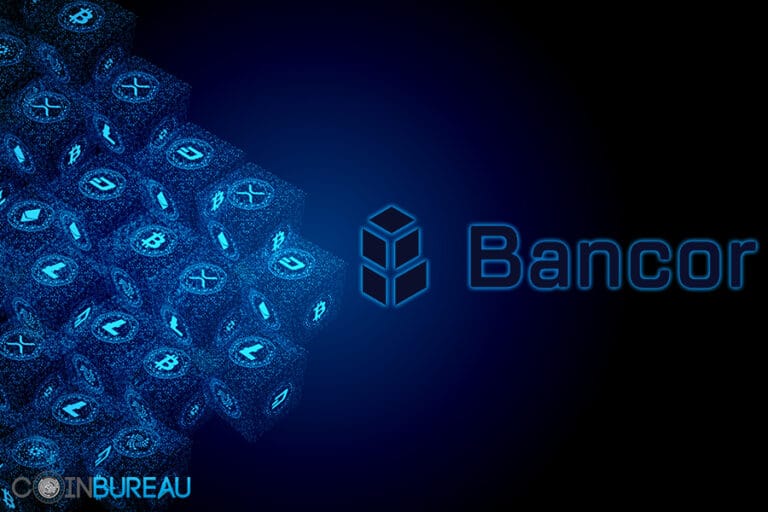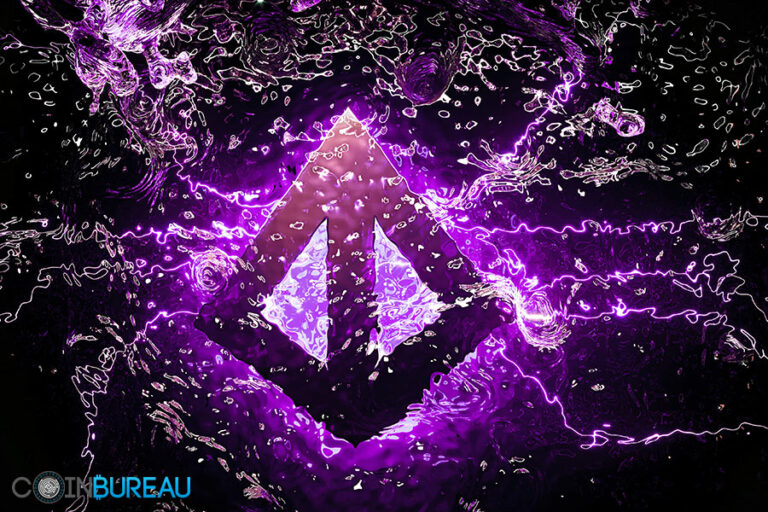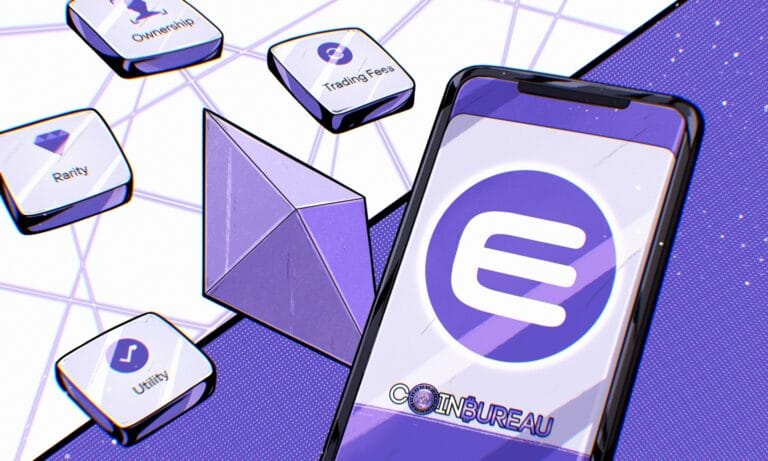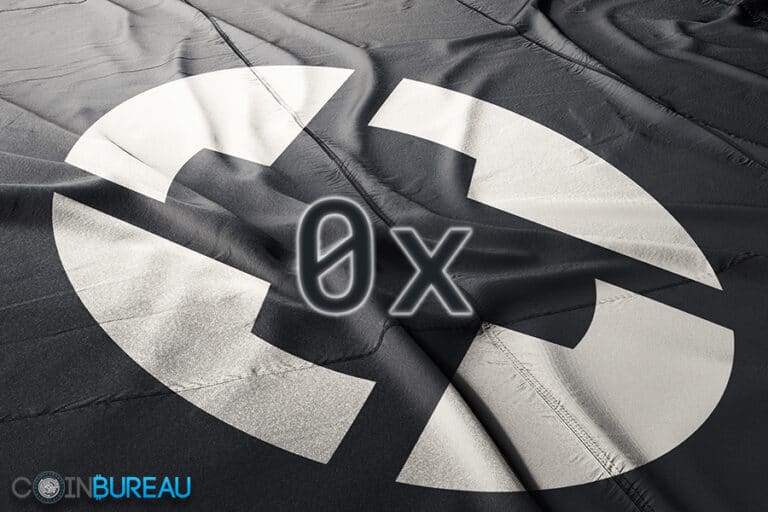We are all in love with the Apps on our phones. There is an App for everything from matchmaking to money. It is indeed no surprise that the saying “I'm sure there is an App for that” has become a hit saying. Yet, despite how mainstream applications are, they are a relatively new technology.
It was only in 2008 that Apple, through the genius of Steve Jobs, launched the App store. It was an amazing user interface where people could download applications that were made by developers. The App store allowed for these developers to easily upload their apps on the store for these users to quickly download and install them.
No matter how disruptive this technology, there is something that Apps did not disrupt and that was the underlying client server infrastructure that underpinned the Apps. The applications would work off of the device (client) and connect to the server of the developer. This centralised model is as old as the internet itself and is in dire need of disruption.
That is where the revolution of Ethereum blockchain technology.
Decentralised Apps (DApps)
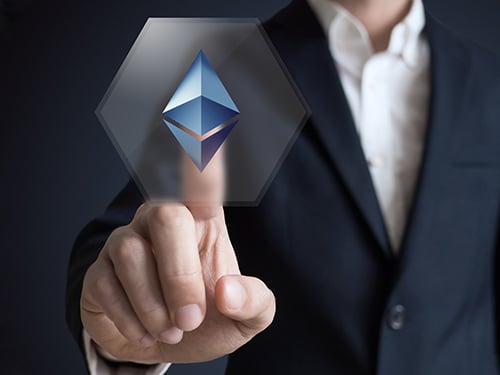
These applications that are built on the Ethereum network require a special browser that can connect to it. For example, you have Augur which is a decentralized prediction market. This does not connect to intermediate servers but connects directly with the Ethereum network.
One of the first DApps on the Ethereum network is the Mist wallet. This wallet allows users to interact with their wallet and other applications on the network. In order to do this though, you will need to download the entire Ethereum blockchain which could be quite large and has to be updated and synced.
Expected Timelines
Although the promise of DApps is no doubt alluring, there is still a long path ahead before truly decentralised applications can be used. There have indeed been hundreds of companies that have made use of the Ethereum blockchain for crowdfunding. Yet, there have been much fewer who have actually fully developed a decentralised App.
There are some applications that may use the smart contract technology as a basis for their development where users can send transactions to the contracts on the blockchain. There will still be a webpage hosted on a centralised server where the addresses for the contracts are displayed etc.
There are also a large number of projects that use the blockchain as one of the many components in the project. For example, they will use it to facilitate transactions, issue stocks or particular tokens. This is exactly what the vast amount of Ethereum ICOs are doing.
Many of these ICOs will bandy around the term “Decentralised” as a way to make the application sound a lot more appealing. Yet, in reality it seems as if the timeline towards fully decentralised applications is still some time away.
A Hybrid Solution
Given that the centralised App stores can create a monopoly situation where all of the information as well as control is in the hands of centralised parties. This could harm the developers and users who wish to download apps from this store.
However, there is currently a hybrid solution whereby a new protocol has been devised by the App store that could be the first step towards proper decentralization. This would take away a certain amount of power that is currently in the hands of companies such as Google and Apple.
It will make the system of submitting applications to the store a lot easier and will allow for a reputation that cannot be changed (immutable). Although this may not be the fully decentralised application that was envisioned with the Ethereum protocol, it is a great first step.
Images via Fotolia






